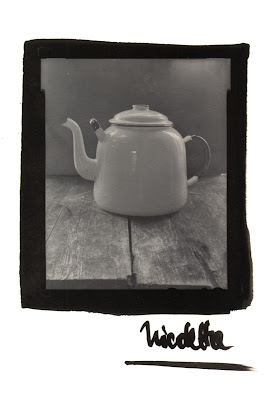...Photographs should be protected from extended exposure to intense light sources. Limit exhibition times, control light exposure, and monitor the condition of the photographs carefully. Prolonged or permanent display of photographs is not recommended. Use unbuffered ragboard mats, and frame photographs with archivally sound materials. Use ultraviolet-filtering plexiglass to help protect the photographs during light exposure. Reproduce vulnerable or unique images and display the duplicate image; in this way, the original photograph can be properly stored and preserved.
Disaster preparedness begins by evaluating the storage location and the potential for damage in the event of a fire, flood, or other emergency. It is important to create a disaster preparedness plan that addresses the specific needs of the collection before a disaster occurs.
The location and manner in which photographs are housed can be the first line of defense. Identify photographic materials that are at higher risk of damage or loss. Remove all potentially damaging materials such as paper clips and poor-quality enclosures. Store negatives and prints in separate locations to increase the possibility of an image surviving a catastrophe. If a disaster occurs, protect the collection from damage by covering it with plastic sheeting and/or removing it from the affected area. If using plastic, make sure not to trap in moisture as this could lead to mold growth. Evaluate the situation and document the damage that has occurred. Contact a conservator as soon as possible for assistance and advice on the recovery and repair of damaged materials.
PS .If your photograph requires special attention or you are unsure about how to protect it, you should contact a conservator.To search for a conservator near you.
Treatment Options for Photographic Materials may include
mold removal
surface cleaning
stain reduction (only if possible and safe to do so)
tape and adhesive removal
separation from poor quality mounts
consolidation of cracked or flaking emulsion
mending tears or breaks
conservation of cased photographs and case repair
daguerreotypes
ambrotypes
ferrotypes
electro-cleansing of tarnished daguerreotypes
rehousing options
four-flap enclosures
clamshell boxes
polyester sleeves
encapsulation
conservation framing





































